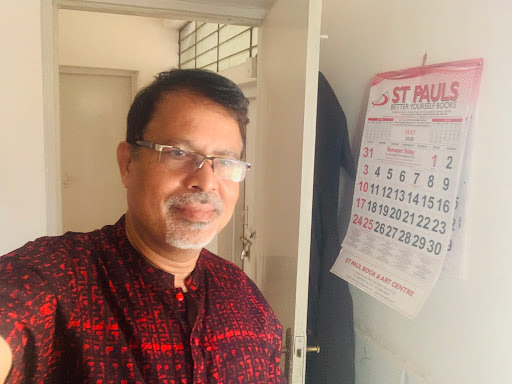There are many
who would like to be leaders of groups and
organisations, among these aspiring one there are those who do have qualities
and can definitely be good leaders and majority of them don’t possess any
qualities but are motivated by pure reason of politics and only a strong
desire. A true leader is the one who inspire and motivate others by their words
and actions, examples and true desire to serve others. When one looks at them
or see lifestyle, it is just inspiration and evokes confidence in those who
look at them. The leaders’ words, reaction and how they control the situation
and how they call shots in difficult and tough situations becomes a moment to
imitate them. They are respected and admired because they become source of
confidence and inspiration. The leaders are not just promoting an idea for
their popularity but how resist those tough and difficult moments where there
is risk and trouble. They face all these and look beyond with conviction and
faith that the storm will be quite for which the leaders become calm and cool.
The composed nature of the leaders creates in others confidence that we can
overcome any situation if we believe in our interior powers and energies.
But we come
across some leaders who look confident but it is their arrogance that shines
out strongly because they are overconfident and not capable. This
overconfidence does not allow them to perform well in a manner, which can
inspire others. There are mistakes and failures that happen due to their
blindness and lack of experience in the field. Experience is the most important
key in becoming confident. Lack of solid and strong personal experience in
leading others can lead one to become arrogance.
The
leaders have to persuade and encourage others and if there are hurdles the
leaders by their confidence can help others to overcome them. They just perform
not by power or throwing their weight around but by their presence and making
their point with clarity. Their persona facilitates an open discussion and they
don’t give orders but just create an atmosphere of trust and openness. A true
leader is one who is able to admit and acknowledge the mistakes and try to
correct with any guilt feeling. They do this because they are very secure and
know what role and responsibility they have towards others. They believe in
their abilities and so they are confident in admitting their wrongdoings and
mistakes, which leads them to perform well. The leaders take risk in matters,
which are for common good because they have experience and the information that
they receive about the matter is well studied and reflected upon which leads
them to take risk. A leader who himself takes risk in taking decision
encourages and supports others to take risks. The leader in their mistake does
not scold but sits with them to see how they can overcome it and encourages
taking one more chance to do it differently.


























